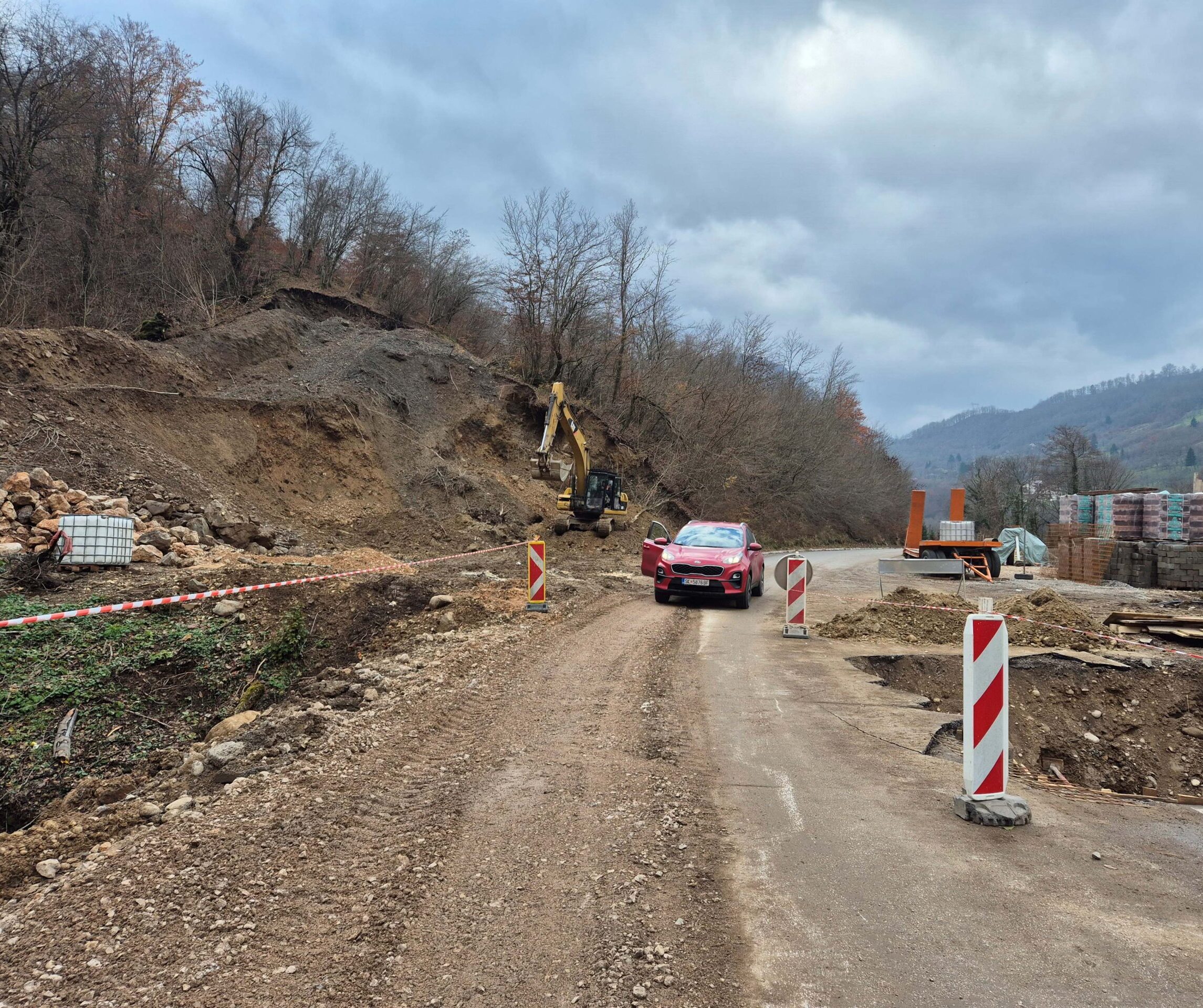by David Mornout (MetaMeta), Prof. Marijana Kapovic Solomun (University of Banja Luka), Dr. Frank van Steenbergen (MetaMeta)
A multi-purpose river and a multi-purpose road
The Drina River, celebrated as one of the most picturesque waterways in the Western Balkans, is born where the Tara and Piva rivers meet on the border of Montenegro and Bosnia and Herzegovina. Beyond its importance for tourism and recreation, the river – together with its source tributaries – is also of significant value as habitat and spawning grounds for endangered fish species. Moreover, the river is also of significant potential for hydropower generation, which can come as trade-off with the other roles the river fulfils. These functions must be balanced with the challenges posed by climate change and environmental degradation.
Similarly – and maybe surprisingly -, the roads that follow the river’s path mirror its multifunctional nature. Road infrastructure along the no longer navigable river is of critical importance; not only to enable the flow of goods and services but also to interlink communities and catalyse regional integration. Illustrated by the significant development progress over the past two decades of Bosnia and Herzegovina, investments in the transport sector have been pivotal for economic development. As the facilitator of trade, mobility, and connectivity, the sector underpins the various local economic activities including agriculture and tourism). Yet, the rugged terrain surrounding the Drina River, coupled with limited railway and road networks, has left the region sparsely populated and underserved.
Infrastructure development in an era of climate change
Bosnia and Herzegovina (BiH) has seen a marked increase in extreme weather events: floods, droughts, heatwaves, and wildfires. These extreme events underline the vulnerability of BiH to climate-related disturbances, and, moreover, future projections accentuate further current trends. These climate trends show a need for the transport sector to prioritize adaptability and resilience against climate-induced disasters. For BiH and its entities (Republic of Srpska and Federation of BiH), this means reimagining infrastructure as not just a driver of economic growth but as a driver for sustainable development. Investments in roads, for instance, must not only connect communities, facilitate trade, and boost tourism, but also safeguard against climate-induced disasters and contribute to ecological preservation.
Pro-activeness and nature-based solutions
Adaptability within the transport sector means evolving from a reactive post-disaster recovery approach to a proactive resilience-building one. Employing Nature-based Solutions (NbS) to increase the resilience of the road network to climate-related risks, specifically including landslides, rockfalls, soil erosion, torrential, and flash floods, is a very promising for landscapes surrounding the Drina River. When applied thoughtfully, NbS not only enhances infrastructure resilience but also supports ecological health and boosts local economies.
Integrating climate change projections and NbS options into the planning, design, construction, and maintenance of transport infrastructure constitutes a key strategy and way forward in the coming decades. This approach harnesses the natural power of ecosystems to stabilize slopes and embankments against landslides, restore rivers to their natural floodplains, rejuvenate wetlands to reduce flooding and improve drainage, and develop smart, adaptable infrastructure designed to endure temperature fluctuations.
Figure 2: Erosion on slopes and road construction / improvement efforts on the Foča-Hum road (David Mornout, MetaMeta, November 2024)
Zooming into the Foča-Hum road
The Foča-Hum road, running alongside a section of the Drina River that is specifically renowned for rafting, is a full of potential. While already partly under renovation, it has several sections that hold significant potential that is yet to be unlocked. The road exemplifies how infrastructure could synergize with nature and tourism. Improving this road network offers opportunities to integrate NbS for dual benefits: protecting the road infrastructure and enhancing tourism experiences. This may involve improving access roads to popular rafting sites, preserving scenic views, and maintaining and/or improving water quality in the water bodies used for recreational purposes. NbS options can also positively impact water quality by reducing sediment runoff, filtering pollutants, , preventing soil erosion and land degradation, and enhancing ecosystem functions that contribute to clean water provision, which is not only beneficial for the tourism sector, but also for the region’s valuable biodiversity. The recent developments and improvements of this road are already hinting towards what is possible in this region when roads and water are managed together.
Figure 3: Slope stabilization efforts on the Foča-Hum road (David Mornout, MetaMeta, November 2024)
To contact the authors, please reach out to David Mornout via dmornout@metameta.nl.







